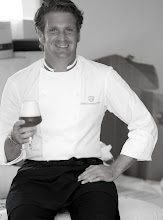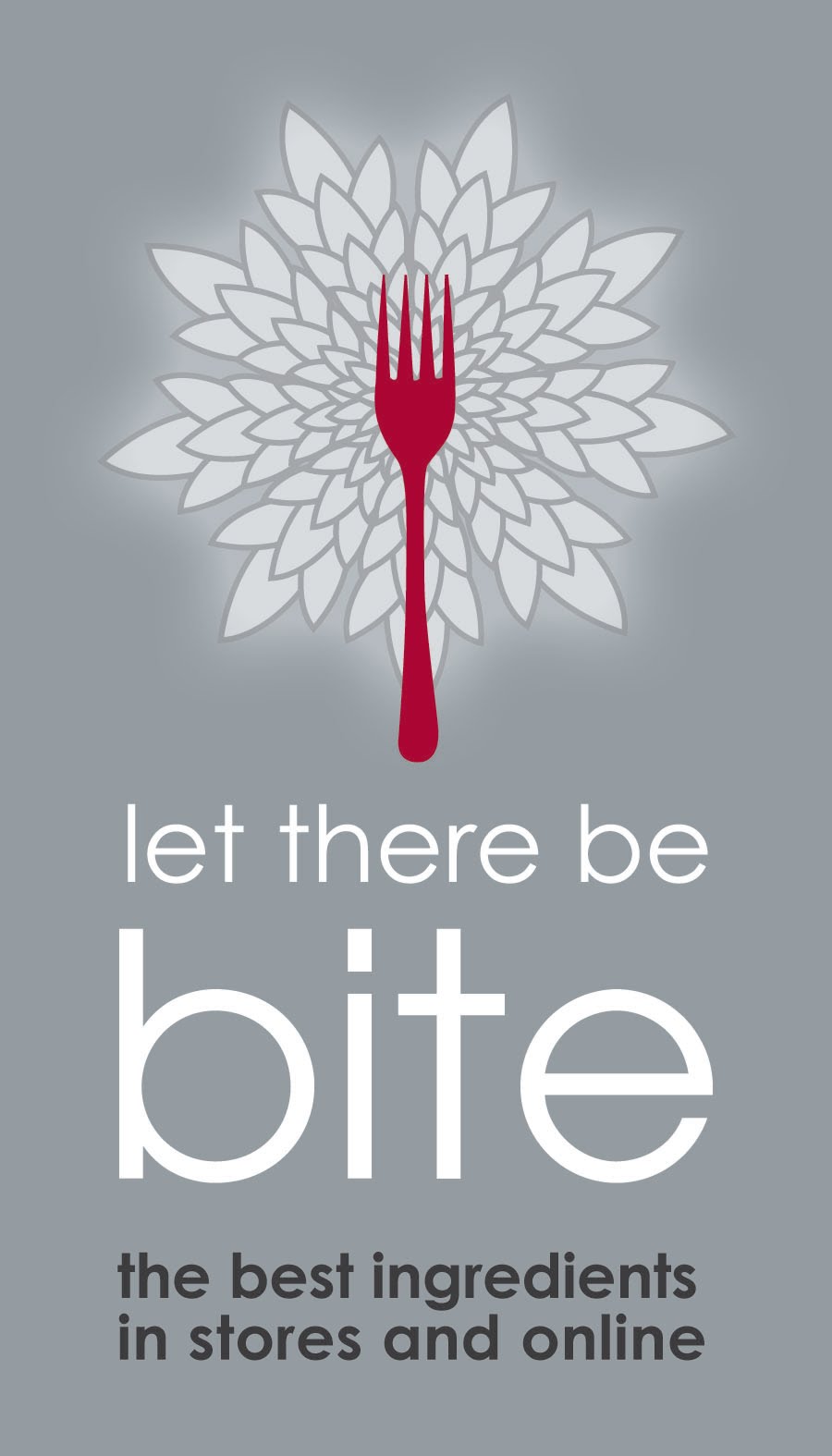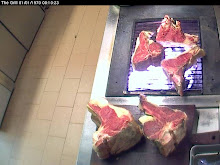The countryside around San Miniato, found in the Pisa Province of Tuscany, is spectacular, especially as the sun sets.
This territory produces 25% of Italy's celebrated white truffle production so it's logical that each November on the second, third and fourth weekends--in the heart of the regulated truffle gathering season--a truffle fair is held in the high town. San Miniato comes alive, with displays, theater performances, fine dining in homes, palazzi, and restaurants, and even marching bands. It's a great time to visit the medieval gem of a town, San Miniato.
So, come along with us as we explore the Tuscan village of San Miniato during its annual truffle fair.
The truffle is the underground fruit of a mushroom. There are many kinds, even not edible ones. Among the traded ones, the most precious is Tuber Magnatum Pico (Tartufo Bianco Pregiato = White Truffle), also of interest is Tuber Melanosporum Vitt (Tartufo Nero Pregiato = Black Truffle). It’s curious that where the White T. grows the Black T. doesn’t.
The truffle grows thanks to three factors that must be together: the type of ground, the climate conditions and the symbiotic plants. If one of these factors is missing, the truffle doesn’t grow.
Some of the plants that live in symbiosis with truffles are: poplars, oaks, hazels.
The geological range of the White Truffle is represented by marly-calcareus and marly-clayey grounds of the Tertiary period.
The truffle is an ingredient, an aroma, therefore can accompany any food. It’s often sliced over first course dishes such as noodles, gnocchi, polenta, better if lightly dressed not to cover the delicate taste of the truffle. Also can dress second course dishes like omelets, veal filet and chicken breast. Also in the salad with celery and artichoke. Or as antipasto, over toasted bread with butter or pate.
Take care! The truffle must not be cooked and not high heated. At the most you can grate it into melted butter to dress plain spaghetti.
The White Truffle loses perfume and consistency after several days, so it’s better to use within a short time. For few days, you can keep it wrapped in soft paper and closed in a glass jar or immersed in rice, which you may use for a fragrant risotto. For long conservation it should be frozen at -20° C.
The truffle grows thanks to three factors that must be together: the type of ground, the climate conditions and the symbiotic plants. If one of these factors is missing, the truffle doesn’t grow.
Some of the plants that live in symbiosis with truffles are: poplars, oaks, hazels.
The geological range of the White Truffle is represented by marly-calcareus and marly-clayey grounds of the Tertiary period.
The truffle is an ingredient, an aroma, therefore can accompany any food. It’s often sliced over first course dishes such as noodles, gnocchi, polenta, better if lightly dressed not to cover the delicate taste of the truffle. Also can dress second course dishes like omelets, veal filet and chicken breast. Also in the salad with celery and artichoke. Or as antipasto, over toasted bread with butter or pate.
Take care! The truffle must not be cooked and not high heated. At the most you can grate it into melted butter to dress plain spaghetti.
The White Truffle loses perfume and consistency after several days, so it’s better to use within a short time. For few days, you can keep it wrapped in soft paper and closed in a glass jar or immersed in rice, which you may use for a fragrant risotto. For long conservation it should be frozen at -20° C.
In the district of San Miniato, from a village called Balconevisi, the largest specimen of white truffle in the world was found in 1954. It weighed 2520 grams and traveled across the Atlantic to be donated to the President of the United States, Dwight Eisenhower.
The truffles of San Miniato (which happen to originate from Alba) take the name "San Miniato" from the place they has been historically distributed and sold, but they were originally from the vast area that hugs the province spreading from Pisa to boundaries of Chianti Classico, including the southern part of the Arno valley, Lari, Casciana Terme, Crespina, Val di Cecina, Volterra, Montaione. From the mycological point of view, the truffles of San Miniato are the same fungi known as the truffles of Alba or of Acqualagna, which are also known as Tuber Magnatum Pico. Now the question that everyone asks is, which are better? The truffles of San Miniato or Alba? Or of Acqualagna? The Tuber Magnatum Pico is an underground fungi found exclusively in Italy. We may find people being "screamishly" pretentious about the type of terrain, the environment where it grows: in healthy soil untainted by pollution, the size must be just so and so and so on. But after all this, if there are truffle growing it means that the conditions must be ideal otherwise they wouldn't grow there! So, a difference between the taste or perfume of the truffles grown in different areas is uncertain. Nevertheless, the basic difference may occur between the years according to the climate of a particular year. For example, if there is a drought the truffles suffer from the dryness, they release a strong aroma when harvested but it quickly fades. Whereas, if it's too wet and damp they have little perfume. Practically, the best truffles are when they are in abundance because of favorable climate and the price of the truffles is lower. There are other factors which affect the increase of the price. The larger and more regular formed truffles (rounded, without cavities and growths) cost more because, when they are cleaned, small particles don't fall off and they are easier to be sliced when used for dressing dishes. Otherwise, unfortunately, malformed truffles are difficult to brush and often hold bits of clay in their cavities. The buyer ends up paying truffle prices for bits of clay.
The principle quality of a matured truffle is determined not by its colour but by the network of veins that can be seem when cut open. The colour, in fact, is caused by it's symbiotic relationship with the tree it is growing with: more whitish if it's a poplar tree, reddish if it's a linden tree, nutty coloured if it's an oak tree.
Truffles should be kept in storage for the minimum time possible as every day they lose their weight and perfume, so it's in the interest of the seller (for weight) and buyer (for perfume) to obtain the truffles as soon as they've been found. The San Miniato market ensures that only produce of good quality is sold, controlled by the vigilant eye of the Truffle Association. In general it's best to buy from the local gatherers or wholesales. Truffles that are conserved, usually in glass, have little more taste than a potato and are not worth their price, even if they are real truffles. Sometimes, however, other underground fungi, found in China or North Africa for less than 1 Euro lira a kilo, are artificially infused with truffle aroma and sold in containers for a 1.000 Euro per kilo! The gastronomic preparations of ruffles (oil, salami, pasta, sauce...) often contain the synthetic aroma obtained from petrol, a hydrocarbon stink that causes headaches. In fact, the aromatic substance contained in the truffles is changeable and not able to be conserved. Therefore, it must be stressed, the intensity of the truffles is experienced when they are consumed as fresh as possible and the season has just begun.
The National White Truffle Market is held in the hills of San Miniato and can be visited every year during the last 3 weeks of November. It is an internationally recognized fair of importance that hosts many gastronomic and cultural events. This year will be the 31st annual festival. Apart from selling fresh truffles in various parts of the historical center of San Miniato, other events will be included, town will host stalls and markets where people can eat, drink and find all types of products from Toscana. San Miniato market isn't the only place to find white truffles. Balconevisi, another fraction of San Miniato district, organize a lesser known market where you can buy from the actual truffle gatherers. It is usually held on the 3rd Sunday of October together with the Truffle and Mushroom Fair (Sagra del Tartufo e del Fungo). It is an occasion to meet with the appetizing offerings from the people of Valdegola: Extra Virgin Olive Oil, wine, walnuts, chestnuts, grapes, "porcini" mushrooms
The truffles of San Miniato (which happen to originate from Alba) take the name "San Miniato" from the place they has been historically distributed and sold, but they were originally from the vast area that hugs the province spreading from Pisa to boundaries of Chianti Classico, including the southern part of the Arno valley, Lari, Casciana Terme, Crespina, Val di Cecina, Volterra, Montaione. From the mycological point of view, the truffles of San Miniato are the same fungi known as the truffles of Alba or of Acqualagna, which are also known as Tuber Magnatum Pico. Now the question that everyone asks is, which are better? The truffles of San Miniato or Alba? Or of Acqualagna? The Tuber Magnatum Pico is an underground fungi found exclusively in Italy. We may find people being "screamishly" pretentious about the type of terrain, the environment where it grows: in healthy soil untainted by pollution, the size must be just so and so and so on. But after all this, if there are truffle growing it means that the conditions must be ideal otherwise they wouldn't grow there! So, a difference between the taste or perfume of the truffles grown in different areas is uncertain. Nevertheless, the basic difference may occur between the years according to the climate of a particular year. For example, if there is a drought the truffles suffer from the dryness, they release a strong aroma when harvested but it quickly fades. Whereas, if it's too wet and damp they have little perfume. Practically, the best truffles are when they are in abundance because of favorable climate and the price of the truffles is lower. There are other factors which affect the increase of the price. The larger and more regular formed truffles (rounded, without cavities and growths) cost more because, when they are cleaned, small particles don't fall off and they are easier to be sliced when used for dressing dishes. Otherwise, unfortunately, malformed truffles are difficult to brush and often hold bits of clay in their cavities. The buyer ends up paying truffle prices for bits of clay.
The principle quality of a matured truffle is determined not by its colour but by the network of veins that can be seem when cut open. The colour, in fact, is caused by it's symbiotic relationship with the tree it is growing with: more whitish if it's a poplar tree, reddish if it's a linden tree, nutty coloured if it's an oak tree.
Truffles should be kept in storage for the minimum time possible as every day they lose their weight and perfume, so it's in the interest of the seller (for weight) and buyer (for perfume) to obtain the truffles as soon as they've been found. The San Miniato market ensures that only produce of good quality is sold, controlled by the vigilant eye of the Truffle Association. In general it's best to buy from the local gatherers or wholesales. Truffles that are conserved, usually in glass, have little more taste than a potato and are not worth their price, even if they are real truffles. Sometimes, however, other underground fungi, found in China or North Africa for less than 1 Euro lira a kilo, are artificially infused with truffle aroma and sold in containers for a 1.000 Euro per kilo! The gastronomic preparations of ruffles (oil, salami, pasta, sauce...) often contain the synthetic aroma obtained from petrol, a hydrocarbon stink that causes headaches. In fact, the aromatic substance contained in the truffles is changeable and not able to be conserved. Therefore, it must be stressed, the intensity of the truffles is experienced when they are consumed as fresh as possible and the season has just begun.
The National White Truffle Market is held in the hills of San Miniato and can be visited every year during the last 3 weeks of November. It is an internationally recognized fair of importance that hosts many gastronomic and cultural events. This year will be the 31st annual festival. Apart from selling fresh truffles in various parts of the historical center of San Miniato, other events will be included, town will host stalls and markets where people can eat, drink and find all types of products from Toscana. San Miniato market isn't the only place to find white truffles. Balconevisi, another fraction of San Miniato district, organize a lesser known market where you can buy from the actual truffle gatherers. It is usually held on the 3rd Sunday of October together with the Truffle and Mushroom Fair (Sagra del Tartufo e del Fungo). It is an occasion to meet with the appetizing offerings from the people of Valdegola: Extra Virgin Olive Oil, wine, walnuts, chestnuts, grapes, "porcini" mushrooms
A mushroom that has decided to be born and live underground: the truffle shares life with the roots of the trees he has chosen as venture partners. They are oaks, poplars, linden, willow, cistul, hazel and others called "ecto-mycorrhizal". The tree lends its roots to the truffle for growing. When the small tubers are many and the ground is poor (the truffle grows in poor grounds) roots of other plants ("endo-mycorrhizal"): rose tress, olive trees, vines, which act like wet nurses, help the little truffles to reach maturation.
From Greek: "ecto" = outside, "endo" = inside, "micos" = fungus, "riza" = root.
The truffle grows on the roots of the symbiont plants as a wide spider-net called mycelium that in fact is the fungus, while the truffle is the fruit of the fungus.
The symbiosis is a relationship of mutual exchange. The plant gives sugars to the truffle which cannot make them by itself for it doesn’t have chlorophyll. Truffle gives to the plant dissociated mineral salts that the plant is not able to assimilate itself. As you see, the truffle is not a disease or a parasite but an interested collaborator.
The truffle doesn’t have only vegetable companions but many other living beings: animals, insects and enzymes. The enzymes prepare the humus of the ground necessary to the truffle. Centipedes, slugs, maggots, rats, foxes, porcupines, boars eat and digest the truffles, causing the propagation and germination of the reproduction spores.
The ant has the capability to transfer the mycelium of some mushrooms that are then cultivated in the anthill. Maybe the ant, like the snail, can help us growing truffle.
















2 comments:
Aurelio:
What kinds of dishes do you prepare using truffles?
Can you offer a recipe for something on your menu at the restaurant?
Is it common for people to cook with fresh truffles at home? Or is thought to be a difficult ingredient to work with?
Hello Andee,
I used truffles for tagliolini (thin tagliatelle),beef carpaccio, quail eggs, vanilla ice-cream.
It's no common use white truffles at home because the price it's more expensive.. at the moment 3.000 euro each Kilo. It's very easy cooked the truffle because don't need a hard qualification.. put on the top of pasta before boiled in salted water and pan-frying with a spoon of butter... put on the top of fried eggs.
Best raw material don't need a complicated food-processing..this is my food-processing philosophy.
Thank you.. and sorry for my bad english
Post a Comment